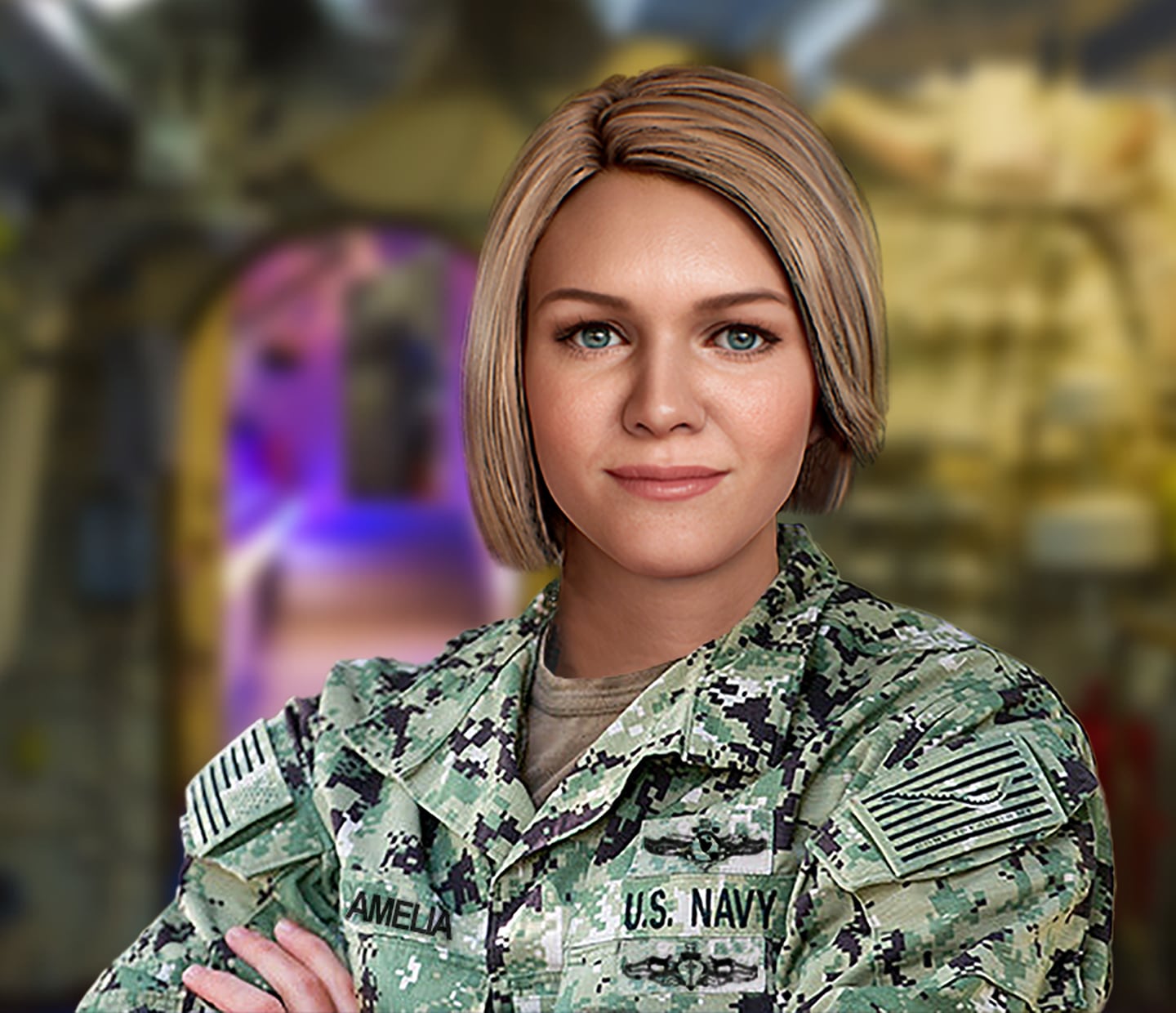The Air Force and Space Force launched a generative AI tool on Monday, encouraging airmen and guardians to experiment with using the technology for tasks like summarizing reports, IT assistance and coding.
The services want to use the tool, which it’s calling the Non-classified Internet Protocol Generative Pre-training Transformer, or NIPRGPT, to better understand how AI could improve access to information and to gauge whether there’s demand within the force for the capability.
Alexis Bonnell, chief information officers and director of digital capabilities at the Air Force Research Laboratory, said the overarching goal is to make data more accessible and customizable within the services and to determine whether generative AI can facilitate that.
“Our goal is always to be able to say what technologies are relevant to our mission now and in the future,” Bonnell told reporters in a June 10 briefing. “NIPRGPT will really provide a place where people can exercise that curiosity in a safe and appropriate manner, where they can understand what parts of their work can potentially be complemented.”
The Defense Department has been exploring how it might use generative AI tools like ChatGPT to make daily tasks like finding files and answering questions more efficient. The Navy in 2023 rolled out a conversational AI program called “Amelia” that sailors could use to troubleshoot problems or provide tech support.

Collen Roller, senior computer scientist at AFRL, said in the briefing that his team at the lab has made a concerted effort in recent years to research how the Air Force and Space Force might use the technology for administrative tasks, but also for tactical operations.
“The area’s changing so rapidly and fast, we have to be able to adapt to these new things that are coming out,” he said. “It’s super important from a [research and development] standpoint that we’re able to adapt to whatever’s coming out so that we can evaluate these things for our specific use cases.”
AFRL developed NIPRGPT using publicly available AU models and Bonnell noted that the service hasn’t committed to a particular approach or vendor as it builds on that baseline. As airmen and guardians begin using the system, AFRL will work with commercial partners to test and integrate their tools and determine whether they have utility for the services.
“We’re hoping that not only will this kick off the curiosity and experimentation that we can see in our users, but it will also, for those providers that have models, it will give us a way to actually test those,” she said. “We fully expect that some models are going to be great at some use cases and not so great at others.”
Along with helping companies experiment with different tools and models, the effort will also help the Air Force and Space Force determine the best approach for buying theses capabilities, Bonnell noted. The right strategy, she said, will likely depend on how the services use NIPRGPT and whether there’s sufficient demand.
“I expect the interest to be robust and hopefully to be able to drive a lot of our learning in a very quick way,” Bonnell said. “This tool helps us understand what we want the end state to look like. And so as commercial tools come down and navigate our process or our system or security flow, then we are all the more smart when we buy them.”
Courtney Albon is C4ISRNET’s space and emerging technology reporter. She has covered the U.S. military since 2012, with a focus on the Air Force and Space Force. She has reported on some of the Defense Department’s most significant acquisition, budget and policy challenges.








